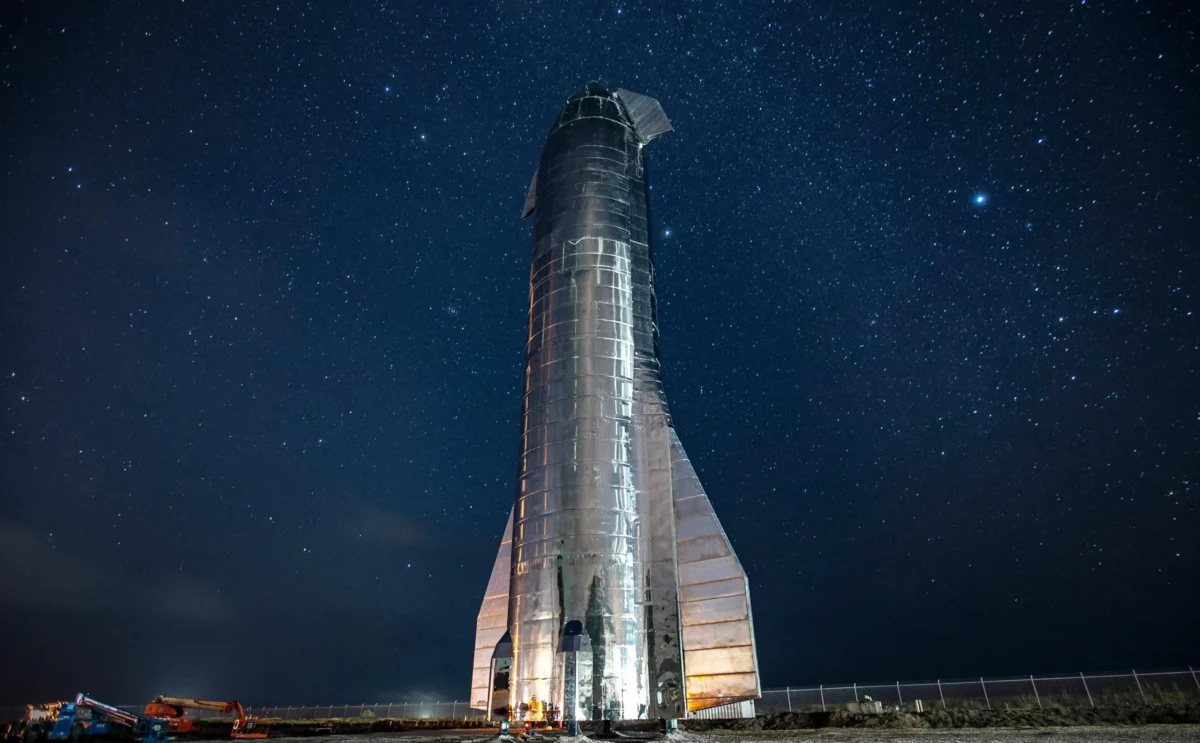
Imagine a colossal metal behemoth, taller than a skyscraper and powerful enough to propel humanity towards the stars. This is Starship, a two-stage launch vehicle developed by SpaceX, that’s vying for the title of the biggest and most powerful rocket ever built. Additionally, SpaceX has applied for experimental permits and licenses from the FAA for launch operations at the Boca Chica Launch Site in Texas, which includes reviews of public safety, national security concerns, insurance requirements, and environmental impacts.
But is size everything? Let’s embark on a journey to understand Starship’s place in the ever-evolving landscape of space exploration.
Giants of the Past: A Legacy of Innovation
Before Starship, titans like the Saturn V, the workhorse behind the Apollo Moon missions, dominated the skies. Standing at a staggering 363 feet (110 meters) tall, the Saturn V could lift a whopping 363,000 pounds (165,000 kg) to low-Earth orbit. However, the Saturn V, along with its Soviet counterpart the N1, were single-use behemoths. Building and launching them was incredibly expensive, hindering long-term space exploration endeavors.

The Reusable Revolution: Enter Starship
Starship breaks the mold by aiming for reusability. Unlike its predecessors, both the Starship spacecraft (upper stage) and the Super Heavy booster (lower stage) are designed to return to Earth and launch again. This reusability factor is critical for cost reduction and paves the way for a more sustainable future in space travel.
But here’s where the “biggest” debate comes in. Starship, in its full configuration, stands at a mighty 394 feet (120 meters) tall, surpassing the Saturn V. However, the crucial metric for comparing launch vehicles is their lift capacity, or how much weight they can carry to orbit. Here, Starship’s current performance trails behind the Saturn V. In its initial test flights, Starship has reached orbit with significantly less mass compared to the Saturn V’s payload capacity.
Discover more: Why Aren’t Foldable Phones Mainstream Yet?
Beyond Size: A Multifaceted Approach
So, is Starship the undisputed king of rockets? Not quite. While size is impressive, it’s just one piece of the puzzle. Here’s where Starship shines:
- Future Potential: Starship’s development is ongoing. With further optimization, its lift capacity is expected to reach a staggering 220,000 pounds (100,000 kg), surpassing even the Saturn V.
- Fully Reusable: Unlike the Saturn V, both stages of Starship are designed for multiple launches. This reusability significantly reduces launch costs, making space travel more accessible in the long run.
- Versatility: Starship isn’t just about raw power. It’s designed for a variety of missions, from ferrying astronauts to the Moon and Mars to deploying massive satellite constellations. Its spacious interior can house up to 100 people, paving the way for future crewed missions to Mars.
The Road Ahead: A New Era of Exploration
Starship represents a paradigm shift in space launch technology. Its reusability and potential for massive payloads make it a game-changer, potentially ushering in a new era of exploration. However, the journey is far from over. Starship is still under development, and achieving its full potential will require overcoming technical hurdles.
A Glimpse into the Future
Imagine a future where Starship routinely launches from Earth, carrying crews and cargo to destinations beyond our Moon. The colossal rocket, once a dream, becomes a workhorse, enabling the establishment of permanent lunar bases and potentially even paving the way for the first crewed missions to Mars.
Conclusion: Starship – A Titan in the Making
While Starship may not currently hold the title of the absolute biggest rocket in terms of lift capacity, its reusability, future potential, and versatility make it a true force to be reckoned with. It’s a testament to human ambition and ingenuity, pushing the boundaries of what’s possible in space exploration. As Starship continues its development, it’s poised to become a cornerstone of humanity’s next giant leap into the cosmos.
